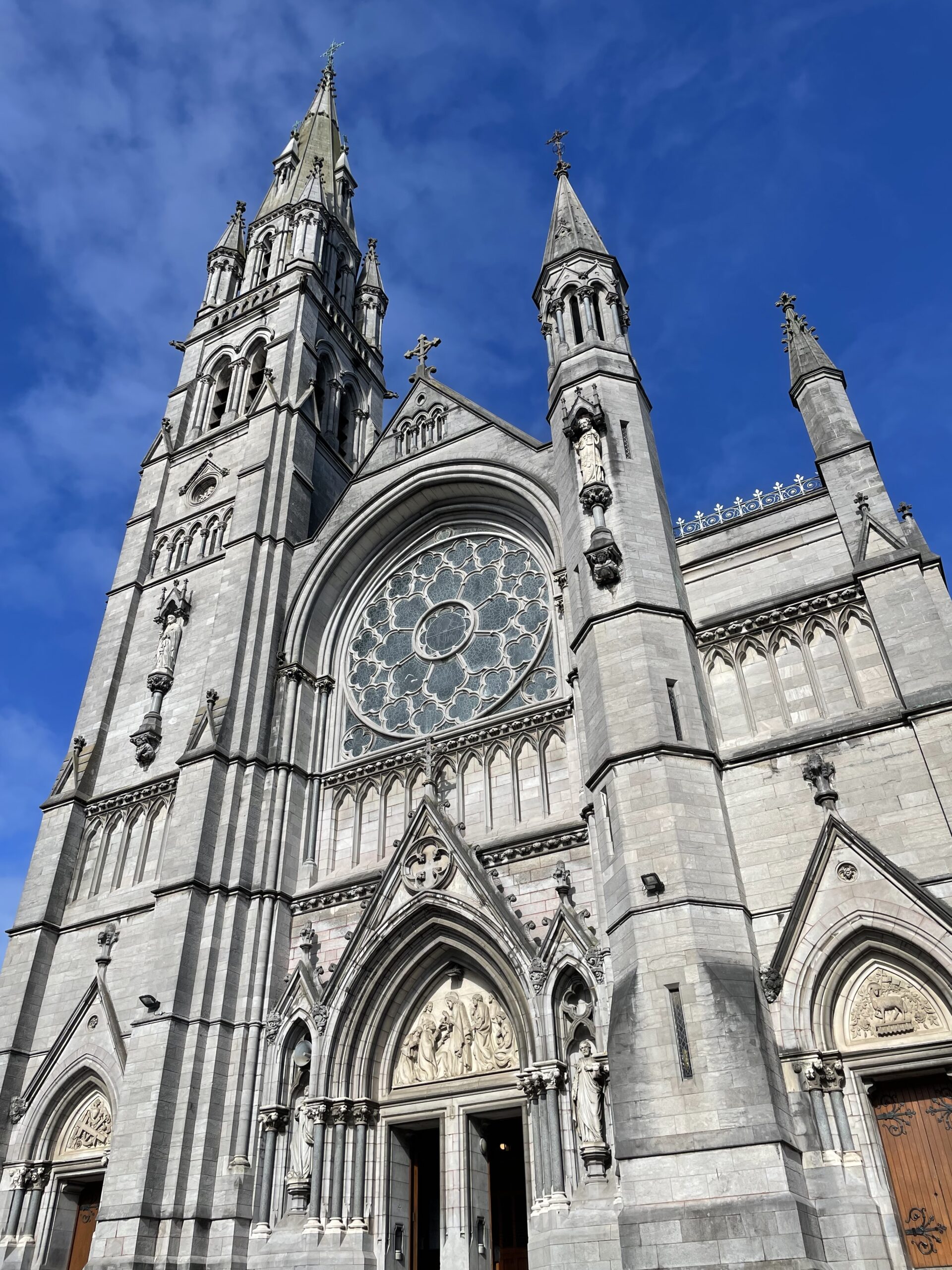17 Best Things to Do in Drogheda & Nearby (2025)
Looking for the best things to do in Drogheda?
I can help!
Living in Dublin, I’ve long had Drogheda on my list of places to visit, so I was excited when I finally got there! It’s an easy day trip from Dublin, and both the town and surrounding area are full of interesting history.
From the museums and churches within the town to the nearby Battle of the Boyne Visitor Centre, you’ll find many ways to pass a day in Drogheda.
So let’s jump into the best things to do in and around Drogheda!
Please note this post may contain affiliate links. If you click on one, I may earn a small commission at no extra cost to you. See my Privacy Policy for more information.
11 Best Things to Do in Drogheda
1. Visit the Millmount Museum and Martello Tower
This historic site, perched on a high mound overlooking the Boyne River, has a rich and dramatic history.
The site of this museum has been an ancient Celtic burial mound, a Norman castle, and a Medieval stone fort. Today, the site is topped with a Martello Tower, built in the early 1800s as part of a coastal defense network to defend Ireland against Napoleon.
The highlight of a visit here is the wonderful Millmount Museum where you’ll learn of Drogheda’s fascinating past. The museum houses the best collection of guild banners in Ireland, demonstrating the town’s rich history of trade and crafts.
Where the museum really brings history to the fore is its moving collection of mementos from the 1649 massacre of 3,000 people by Oliver Cromwell.
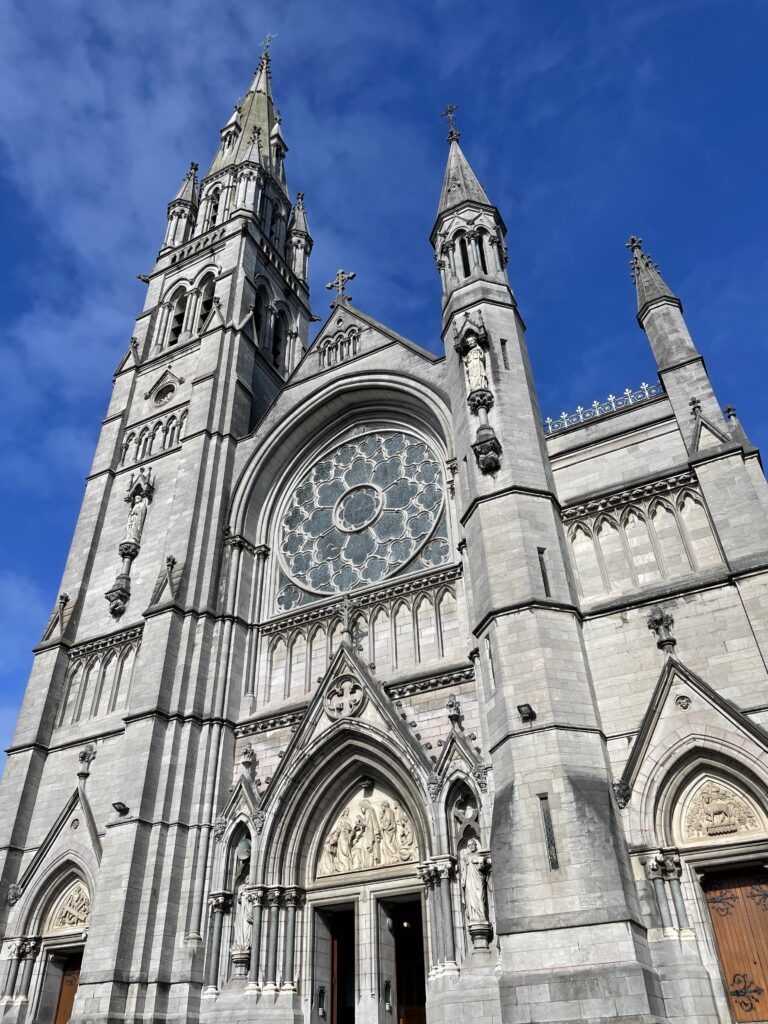
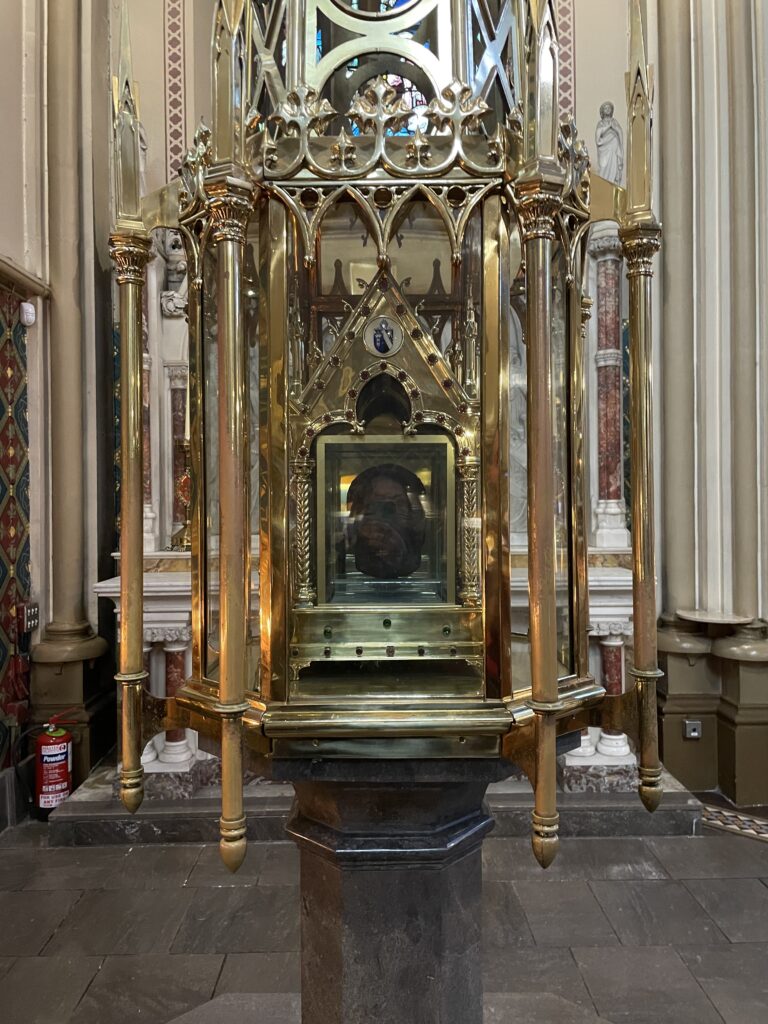
2. Get spooked at St Peter’s Roman Catholic Church
This impressive Neo-Gothic church dominates West Street. While the large, imposing building is a site to behold from the outside, the real excitement lies within.
St Peter’s Roman Catholic Church is probably most notable for housing the National Shrine to Oliver Plunkett, the local boy made saint. Inside, you’ll find the saint’s relics, most notably his mummified head.
It’s an eerie sight, and not for the faint of heart and those who are squeamish about such things. It’s certainly one of the creepiest saintly relics I’ve ever seen.
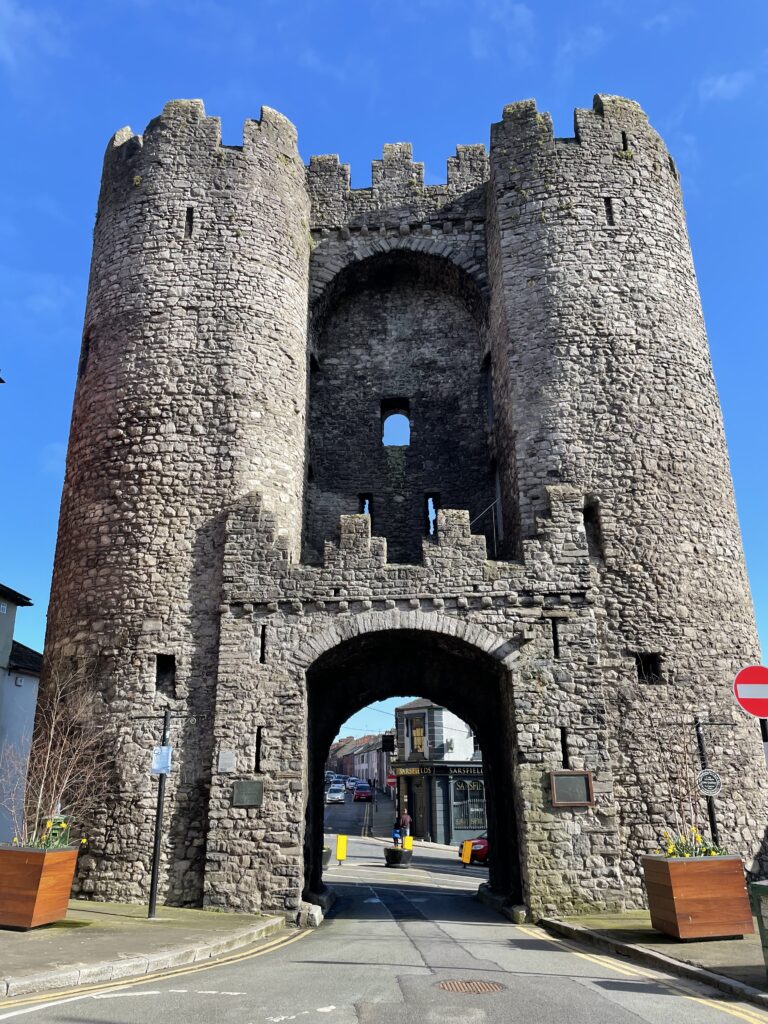
3. Walk through St Laurence’s Gate
At the east end of West Street stands St Laurence Gate, a lasting reminder of Drogheda’s medieval past. This imposing structure was built in the 13th century as one of the few entrances into the city.
Drogheda’s once-extensive medieval fortifications circled the entire city. Today, this gate is practically all that remains, along with a section of the wall just to the south (you’ll see its remains right next to the gate).
Take a walk through the gate’s center. You’ll feel like a medieval knight returning from battle. Or maybe you won’t. Either way, it’s remarkably well-preserved and a neat reminder of just how old this city is.
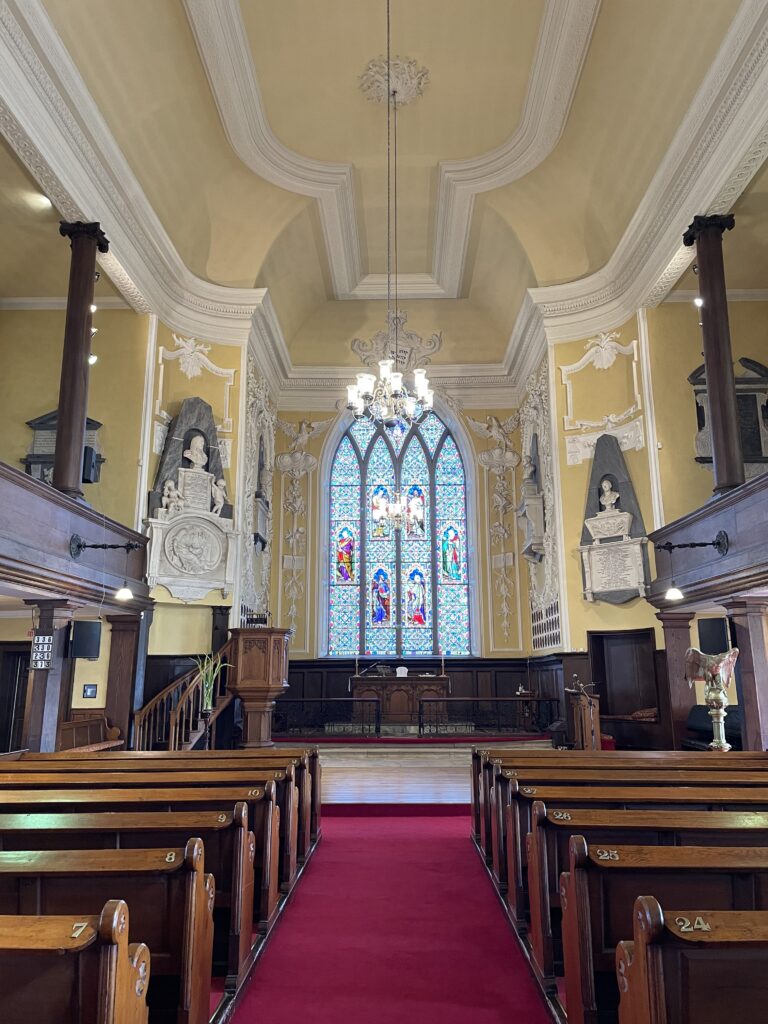
4. Visit St Peter’s Church of Ireland
The church is only open on Sundays for services, but I recommend popping inside for a look if you get a chance. Inside you’ll find a simple yet elegant sanctuary with a few colorful stained glass windows and carved memorial tablets along the walls.
The church dates back to the 1750s, but there has been a house of worship on this site since at least the 1200s.
The original church that stood on this site saw a gruesome end when, during Cromwell’s siege of the town in 1649, the church was burned to the ground, along with many citizens who had sought refuge inside.
5. Tour Highlanes Gallery
A must-visit for contemporary art enthusiasts. Here you can explore cutting-edge Irish art.
This gallery is one of Ireland’s most important contemporary art spaces, offering a dynamic program of exhibitions showcasing established and emerging Irish and international artists.
While outside the realms of contemporary art, Highlanes is also home to the original sword and mace presented to the city by King William of Orange. The artifacts are on permanent display at the museum.
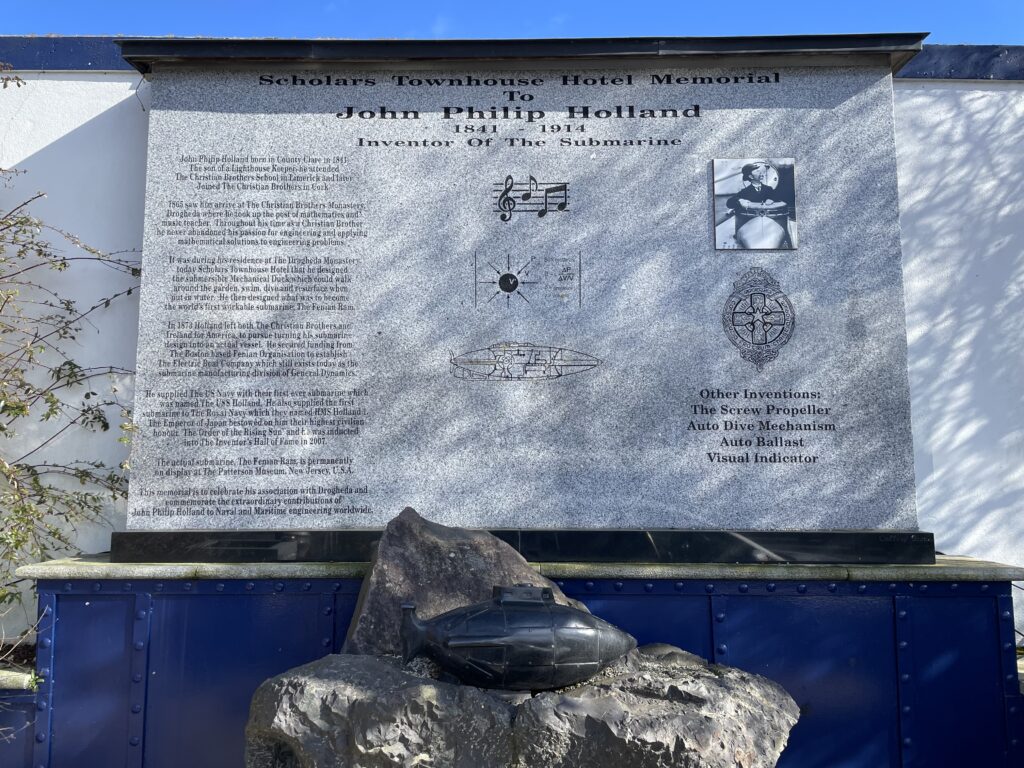
6. See the John Philip Holland Memorial
John Philip Holland, inventor of the submarine, worked as a teacher of mathematics and music at the Christian Brothers Monastery here in Drogheda.
Holland’s invention was bought by the US and British Navies, revolutionizing maritime warfare and surveillance.
This small yet informative memorial is located on King Street, just north of the downtown. It’s a bit hard to find, tucked away inside a hotel parking lot, but worth the few minutes walk to visit.
7. Go inside the Tholsel
This historic building was once the seat of Drogheda’s municipal authority. While this site has been central in city history dating back to the 14th century, the current Tholsel was constructed in the 1770s.
The building’s most distinctive feature is its tall four-sided clock tower. The structure indicates the prosperity and importance of the town during the 18th century.
Today, the Tholsel serves as Drogheda’s tourist information office. Head inside to learn more about the historic town. While there, pick up some pamphlets and talk to the employees for recommendations on what to see in the surrounding area.
8. Look up at the Magdalene Tower
This oddly shaped tower sits at the highest point on the north side of town, overlooking the main drag.
The tower was built in the 14th century and was the belfry of the Dominican Friary that once stood here.
While you can’t go up the tower, it’s worth a walk by to ogle the odd-shaped structure.
9. Check out the local food scene
When I visited Drogheda, I got the impression that there was an emerging food scene. While there aren’t many high-end dining options or fancy dinner places, the town has some cute cafes and delicious lunch spots.
We ate at Moorland Cafe on West Street, a casual eatery and bakery. The baked goods were seriously delicious, and the toasted sambos and soups were perfect for the cold weather.
Some other restaurants that looked worth a visit were Il Forno for pizzas, The Bare Food Company for coffee and filling lunch options, and Five Good Things Cafe for modern brunch.
10. Walk along the River Boyne and see the Victorian Railway Viaduct
This tall rail bridge is Drogheda’s most prominent landmark.
Located east of the town, this rail bridge was built in 1850 to connect the train line from Dublin to Belfast. The bridge was built so high to enable ships to pass under and enter the Drogheda port. The bridge is still in use today and is the tallest rail bridge in Ireland.
There’s no scenic path to get to the rail bridge, but if you want a nice walk along the River Boyne, head to the south bank of the river and walk west. There you’ll find a lovely green path that meanders along the banks of the river.
11. Marvel at St Mary’s Parish Center
This church was built in 1807 atop an ancient Carmelite Monastery.
Inside, the church has a colorful apse complete with stained glass windows. From outside the church, look out over the southeast wall towards Cromwell’s Mount, where enemy forces attacked and breached the city walls during the 1649 siege.
Things to Do Near Drogheda
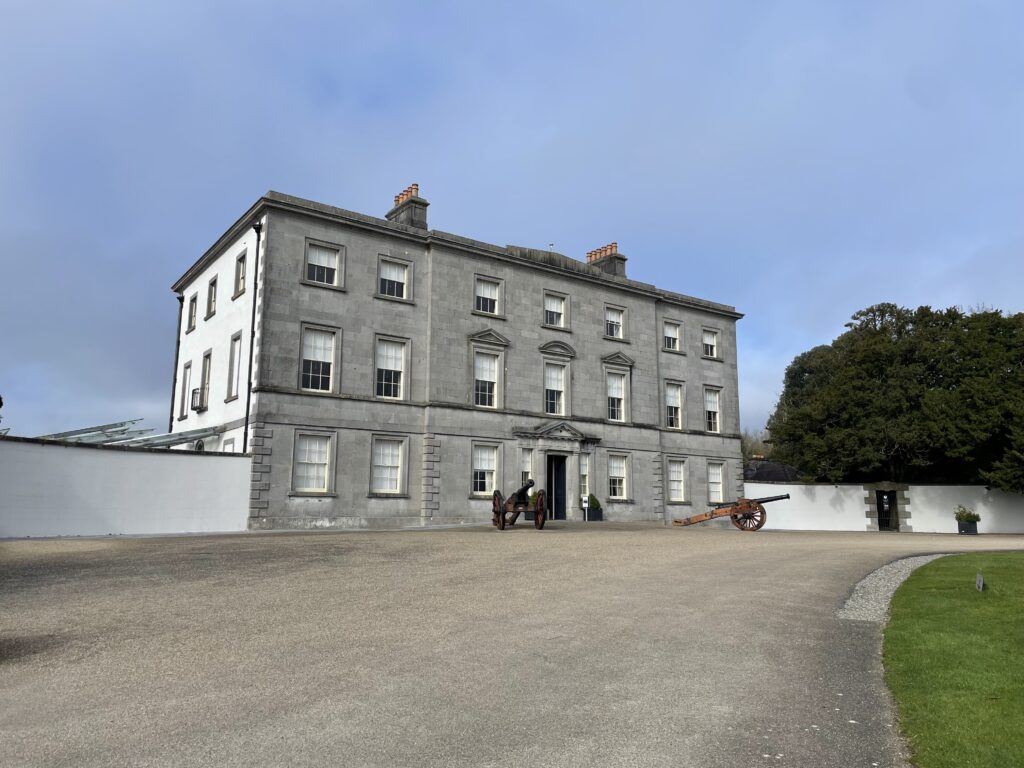
12. Battle of the Boyne Visitor Center
One of the most important battles in Irish history took place right here in the Boyne Valley.
In 1690, the armies of King William III and King James II met here for a fight that would determine the fate of Ireland. Nearly 30,000 men fought, and 1,500 lost their lives before William claimed victory of the Boyne and the east of Ireland.
Today the former battlefield is a large recreation area for walkers and runners, but to learn more about the battle you can visit the small yet informative Battle of the Boyne Visitor Center.
The museum does an excellent job explaining the events as they unfolded and placing the battle into context as part of a large-scale European conflict.
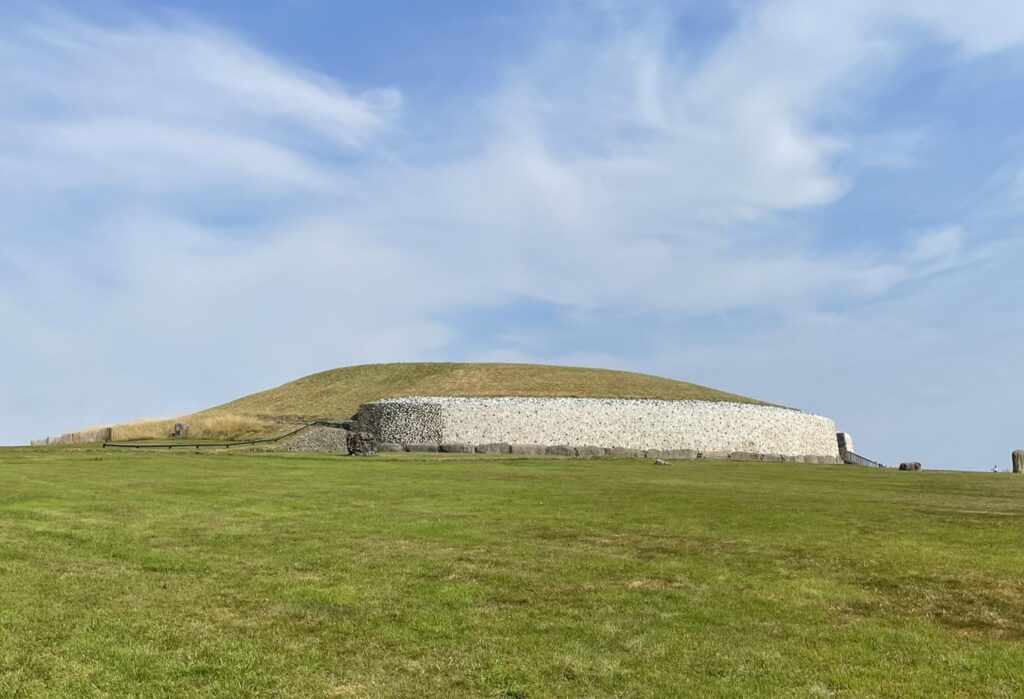
13. Newgrange
Just a 15-minute drive from Drogheda is Newgrange, the most important prehistoric site in Ireland.
This prehistoric passage tomb, which predates Stonehenge and the Pyramids by centuries, is a UNESCO World Heritage Site and a marvel of human ingenuity.
Built around 3,200 BCE, the well-preserved site at Newgrange is unique. The only other place I’ve seen such well-preserved prehistoric structures was in Malta. There are few left in the world.
If you plan to visit Newgrange, be sure to purchase tickets in advance. To preserve the site, a set amount of people are allowed in each day on strictly guided visits.
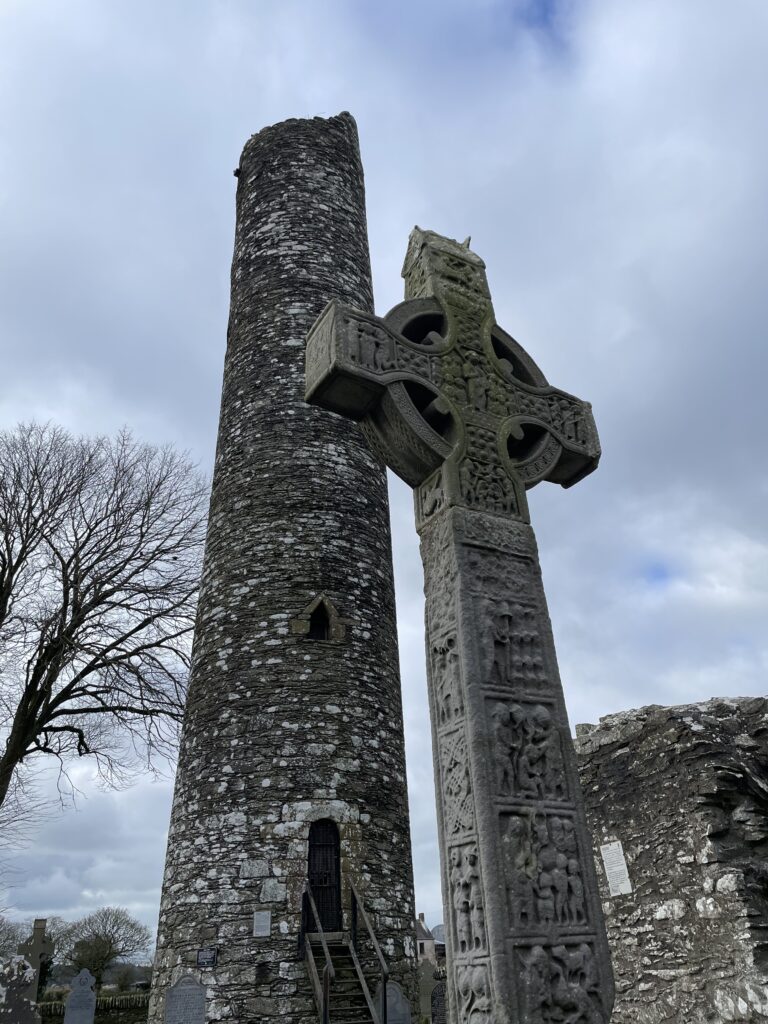
14. Monasterboice
This former monastery is worth visiting for its round tower and high crosses. The two high crosses found here, both originals, are the best examples of this craft in all of Ireland.
The crosses, the larger of which stands 18 feet tall, are carved top to bottom with biblical illustrations. During the Dark Ages, when only educated monks knew how to read, the monks used these crosses to preach to the people.
Over the years, wind and rain have weathered the crosses, but they were once brightly painted for maximum effect.
Today, the site is an old graveyard still welcoming new tenants. The entrance to the round tower was once 20 feet up, but years of burials have significantly raised the ground level.
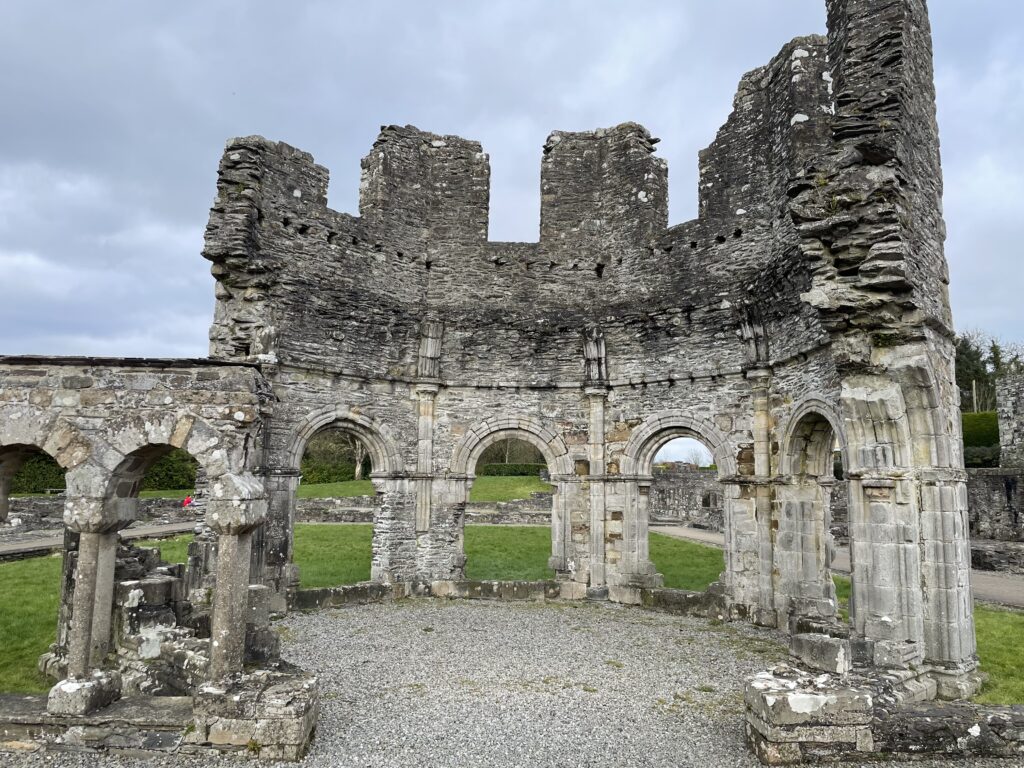
15. Mellifont Abbey
The ruins of this old abbey, established by French monks who came to Ireland in 1142, are an evocative reminder of Ireland’s monastic past.
While what remains of most buildings are the stone outlines, the octagonal lavabo (used by monks for ceremonial hand washing) gives a sense of the place’s former grandeur.
The abbey is free to visit in winter, but unfortunately, the visitor center is closed then. If you visit between late May and August, entry is €5 and includes a guided tour of the abbey.
16. Slane Castle
Twenty minutes drive from Drogheda is Slane Castle, a magnificent estate steeped in history and grandeur.
Situated in the heart of the Boyne Valley, this neo-Gothic gem dates back to the 18th century.
On a visit, you can explore the grand rooms, adorned with art and family heirlooms, and learn about the families that lived here.
After touring the estate, take some time to explore the 1,500 sprawling acres the house is built on. The grounds offer stunning views of the River Boyne and green rolling hills.
17. Hill of Tara Visitor Center
A little further, but still only a 35-minute drive from Drogheda is the Hill of Tara. This complex of earthen monuments, including the imposing Ráith na Rí (Fort of Kings), was the seat of power and sacred ceremonial center for pre-Christian Irish High Kings.
The visitor center is housed in a 19th-century church and contains interactive exhibits and an audiovisual presentation on the history of the site.
You’ll learn about the High Kings of Ireland who were inaugurated here, the myths and legends surrounding the hill, and the ongoing archaeological works that continue to unveil the site’s mysteries.
Book a tour to explore the many ancient monuments, including the Mound of the Hostages, a 5,000-year-old passage tomb.
How to Get to Drogheda
Drogheda sits off the M1, right on the border between Counties Louth and Meath. The town is a 40-minute drive north of Dublin.
Driving is the fastest transit option and the one I recommend as it will allow you to explore the many interesting sites near Drogheda.
If you don’t have a car, Drogheda is easy to get to from Dublin via public transit.
The train from Dublin takes about 1 hour and costs just under €10. From Connolly Station in Dublin, board the Drogheda/Dundalk or Enterprise line bound for Belfast. Alight at Drogheda’s MacBride station.
By bus, take the 100x from North Wall Quay to Drogheda bus station. The journey takes about 1 hour.
FAQ: Things to Do in Drogheda
Yes, Drogheda is worth visiting. The town is full of history and was the site of a major siege led by Oliver Cromwell in 1649. Drogheda is also the gateway for exploring the historic Boyne River Valley.
Drogheda is famous for the 1649 Siege of Drogheda, where Cromwellian forces overtook the city during their conquest of Ireland.
Yes, Drogheda is safe to visit.
Final Thoughts
While Drogheda isn’t overflowing with visitor attractions, what it does have is well worth seeing. Spending a day in Drogheda is plenty to walk the town, learn the history, and even visit some nearby attractions.
I enjoyed our time in Drogheda, and am glad we were able to make the trip.
Did I miss any things to do in Drogheda? Let me know in the comments!
